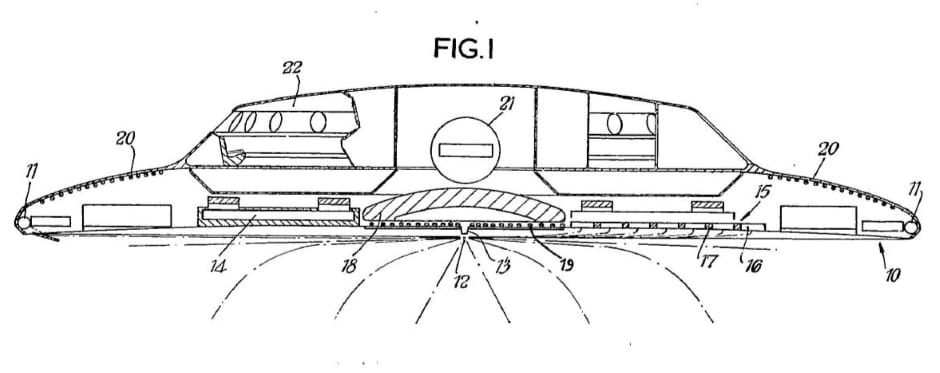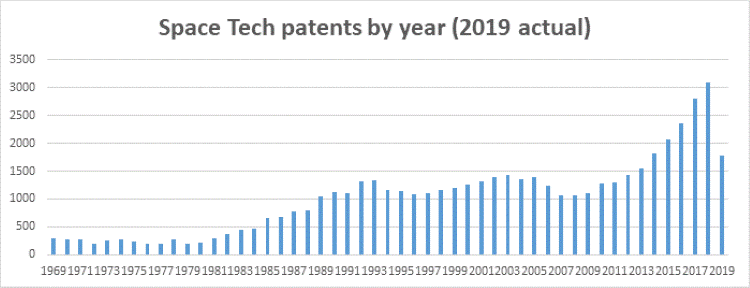
This is one of the findings from IP services company Marks & Clerk, which has found a 12-fold increase in published patents from 295 in 1969 to a projected figure of around 3,500 in 2019.
The UK government considers space technology to be a key part of its strategy for boosting economic growth, and it’s estimated that the global space economy market will grow to £400bn by 2030.
In a speech delivered on July 16, 2019, science minister Chris Skidmore, said that Britain’s space industry has tripled in size since 2000, becoming one of the fastest growing sectors in the UK economy.
“It employs close to 42,000 people throughout the UK, has an income of almost £15bn, and, through the use of our satellite services, supports an estimated further £300bn of economic activity,” he said.
For its part, Marks & Clerk has found marked worldwide growth from 1,813 published patents in 2014 to 3,067 in 2018, a rise of 69 per cent.
In the past 50 years, Canada has filed the most space technology patents (4,891), followed by the US (2,763). The UK trails in 11th place with 104 patents filed over the same period.

According to the European Patent Office, the downstream market for space-based products and services is estimated to be worth around £102-112bn.
Communication satellites take the largest share of this market (£59bn), followed by navigation satellites (£9bn). The Earth observation (EO) sector is worth some £674m.
“Space science and exploration encompasses everything from aerodynamics and advanced navigation to next-generation telecommunications, aerospace, and space farming,” said Stephen Blake, a partner at Marks & Clerk.
“Globally, there is a growing list of space-based commercial activities, while it’s thought that the UK’s space economy supports more than 80,000 workers.
“It should therefore not be a surprise that we’ve seen such a big jump in patents being published since Neil Armstrong first walked on the moon.”
Among historic British patent applications filed since 1969 is a flying saucer-type invention that had been filed by the British Railways Board in 1970.
Engineer Charles Osmond Frederick outlined his vision for a “space vehicle” design that could achieve “very high velocities” thanks to “a controlled thermonuclear fusion reaction.”
He hoped that this power supply would offer “a source of sustained thrust for the loss of a very small mass of fuel” and “prolonged acceleration of the vehicle may in some circumstances be used to simulate gravity.”
CLICK FOR MORE FROM THE ENGINEER'S 50th ANNIVERSARY COVERAGE OF APOLLO 11




Swiss geoengineering start-up targets methane removal
No mention whatsoever about the effect of increased methane levels/iron chloride in the ocean on the pH and chemical properties of the ocean - are we...